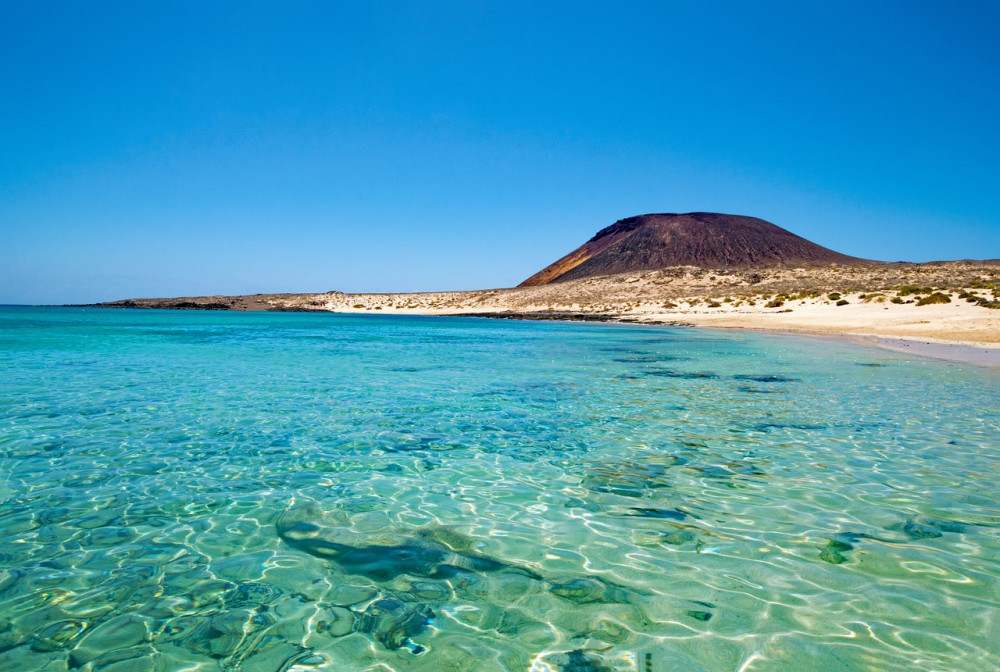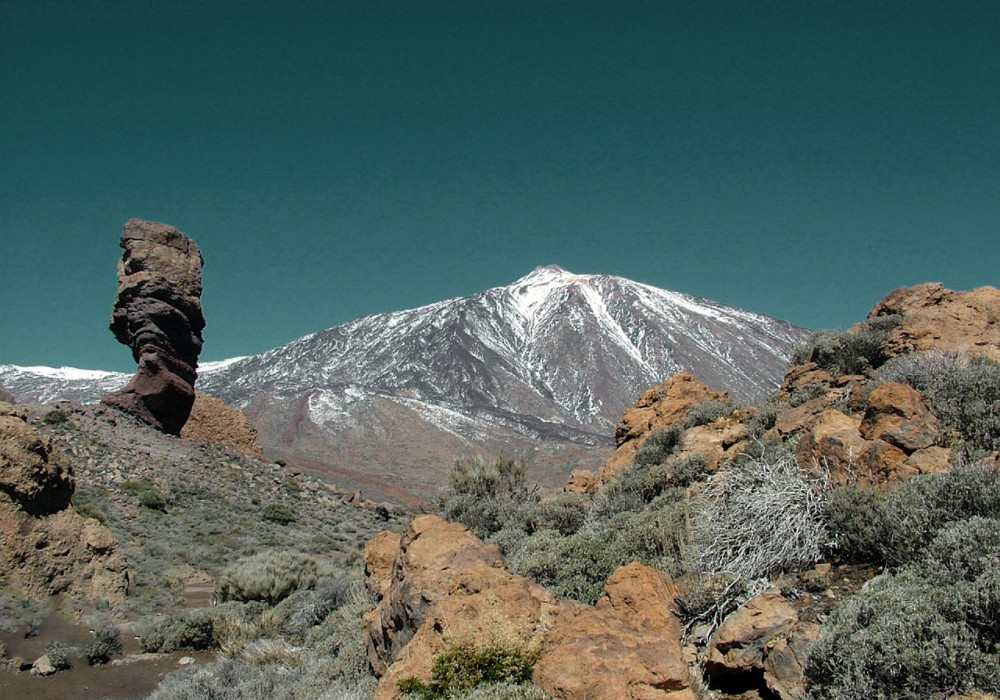The weather in the Canary Islands is known for its pleasant year-round climate, making the archipelago a popular destination for tourists seeking warm temperatures and sunshine.
The Canary Islands can be found off the northwest coast of Africa and enjoy a subtropical climate with mild winters and warm summers.
Although there are no seasons like Northern Europe is accustomed to, there is a slight change to the weather depending on what time of year you travel. For example if you travel in the Winter months, you can expect the temperatures to be slightly cooler than in the summer. However, this doesn't mean that you won't be able to sunbath on the beach in the Canary Islands in December. Far from it in fact.
Weather in the Canary Islands during different Seasons
Mild Winters from December to February
During the winter months, the Canary Islands experience mild temperatures with daytime highs ranging from 18°C to 24°C. Nights can be cooler, with temperatures typically dropping to 13°C to 18°C so its often advised that holiday-makers bring a light cardigan for the evenings. .Rainfall is relatively low in most parts of the islands during this season.
Warm Springs from March to May
Spring in the Canary Islands is characterised by gradually warming temperatures. Daytime highs range from 20°C to 26°C making it a pleasant time for outdoor activities. Spring is also one of the less crowded times to visit, as it falls between the peak tourist seasons.
Hot Summers from June to August

Summer is the hottest and driest season in the Canary Islands. Daytime temperatures often exceed 30°C in coastal areas, while inland regions can experience even higher temperatures. Sea temperatures are comfortably warm for swimming and water sports. It's essential to stay hydrated and use effective sunscreen during the summer months.
Warm Autumn days from September to November
Autumn in the Canary Islands is similar to spring, with warm and pleasant weather. Daytime highs range from 24°C to 29°C. The sea remains warm, making it an ideal time for beach activities and boat trips.
Rainfall Patterns
The Canary Islands experience relatively low rainfall, particularly in the eastern parts of the archipelago. The western slopes, in contrast, tend to receive more precipitation due to the influence of the trade winds. The resulting microclimates contribute to the diversity of landscapes and ecosystems found across the islands.
The Trade Winds
Trade winds are a consistent pattern of easterly surface winds that typically blow from east to west near the equator. They are one of the most important and well-known wind systems on Earth, and they play a crucial role in shaping global climate and weather patterns.
The Canary Islands are influenced by trade winds, which bring a cooling effect, especially during the summer months. The northeast trade winds (known as "alisios") help keep temperatures comfortable and provide excellent conditions for windsurfing and sailing.
Microclimates in The Canary Islands
The Canary Islands are known for their microclimates, which means that weather conditions can vary significantly from one island to another and even from one part of an island to another.
For example, the north sides of the islands typically receive more rainfall and can be greener, while the south sides are generally drier and sunnier. There is a reason the tourist resorts are typically found in the south of the islands!
Canary Islands and Calima
Calima is a weather phenomenon that occurs in some parts of the world, including the Canary Islands and North Africa, and it is characterised by the presence of a dense, fine dust or sand haze suspended in the atmosphere. During Calima temperatures can exceed 40 degrees and the air quality and often visibility is substantially reduced.
Mountains and Altitude

The Canary Islands have mountainous terrain, with the highest peak being on Tenerife. At higher elevations temperatures can be cooler than at the coast, especially in the winter where you can expect to see a snow capped Mount Teide whilst sunbathing on the beach!
Overall, the Canary Islands offer a pleasant climate throughout the year, making them an attractive destination for travelers seeking warm and sunny weather. Whether you prefer lounging on the beach, hiking in the mountains, or exploring the local culture, the Canary Islands provide an excellent backdrop for a variety of activities, regardless of the season.
